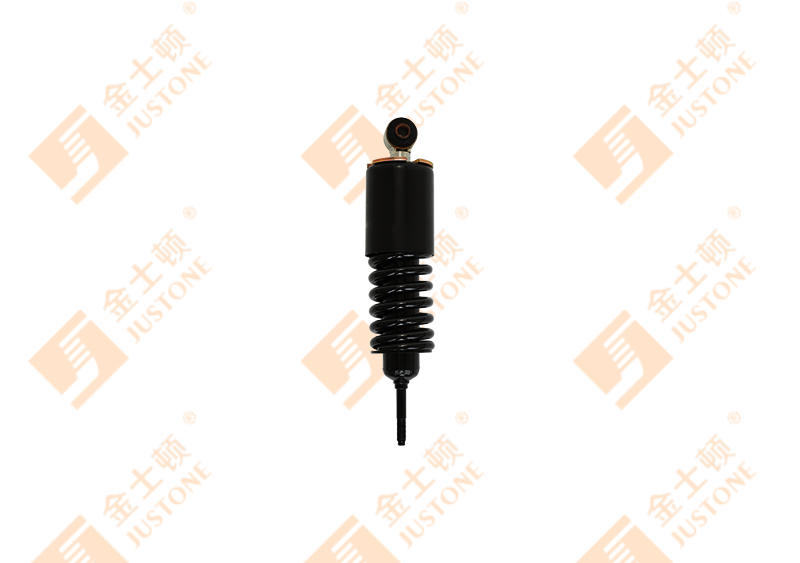Didn't find a product that suits you?
Contact us for the latest news.
Cabin shock absorbers, also known as cabin suspension or cabin dampers, are critical components in trucks, buses, and heavy machinery. They play a vital role in reducing vibrations and shocks transmitted from the road to the driver’s cabin, ensuring comfort, safety, and vehicle stability. When these shock absorbers fail, not only is driving comfort affected, but long-term damage can occur to the vehicle’s structure. Recognizing the symptoms of a broken cabin shock absorber early is crucial for timely maintenance and safety.
One of the most common signs of a failing cabin shock absorber is increased vibrations in the cabin. Normally, shock absorbers dampen the impact from bumps, potholes, and rough terrain. When they are broken, these vibrations are transmitted directly to the driver and passengers. You may notice:
Excessive vibration is not just uncomfortable; prolonged exposure can cause neck, back, and spine strain, making it a serious safety concern.
Broken or worn cabin shock absorbers often produce audible signs. These noises occur when the internal components—such as pistons or hydraulic fluid—are no longer functioning properly. Typical sounds include:
If these noises are ignored, they can worsen, eventually leading to complete shock absorber failure.
When a cabin shock absorber is damaged, it cannot effectively stabilize the cabin. Drivers may notice:
This symptom indicates that the damping effect is compromised, which can negatively impact steering control and overall vehicle stability.
Physical inspection often reveals signs of shock absorber failure. Common indicators include:
Leaks not only reduce the shock absorber’s effectiveness but also create the risk of further mechanical damage if left unchecked.
A broken cabin shock absorber can significantly increase driver fatigue. When the cabin is no longer cushioned from road irregularities, the driver is forced to absorb more vibration and impact through their body. Symptoms include:
Early recognition of these signs is important to prevent accidents or long-term health issues.
Broken cabin shock absorbers can indirectly cause damage to other vehicle parts. For example:
Thus, even if the initial symptoms seem minor, they can indicate broader mechanical risks.
Finally, a failing cabin shock absorber reduces the vehicle’s ability to absorb bumps and road irregularities. Drivers may feel every pothole, ridge, or uneven surface more sharply. This leads to:
For trucks, buses, or construction machinery, this symptom is particularly concerning, as it can affect load stability and operational safety.
A broken cabin shock absorber can manifest in vibrations, unusual noises, tilting, fluid leaks, driver fatigue, and increased wear on other components. Detecting these symptoms early is crucial to maintaining driver comfort, vehicle safety, and long-term durability. Regular inspection and timely replacement of cabin shock absorbers are essential for preventing accidents and costly repairs, ensuring that the vehicle continues to operate smoothly, even under challenging road conditions.
Investing in quality cabin shock absorbers and keeping them in good condition not only improves ride comfort but also enhances overall vehicle reliability and safety.
